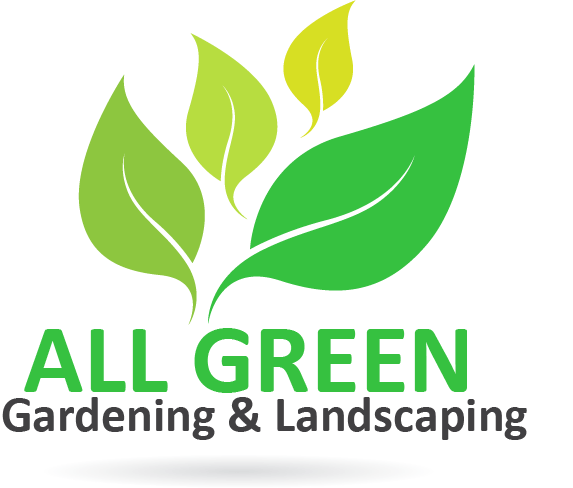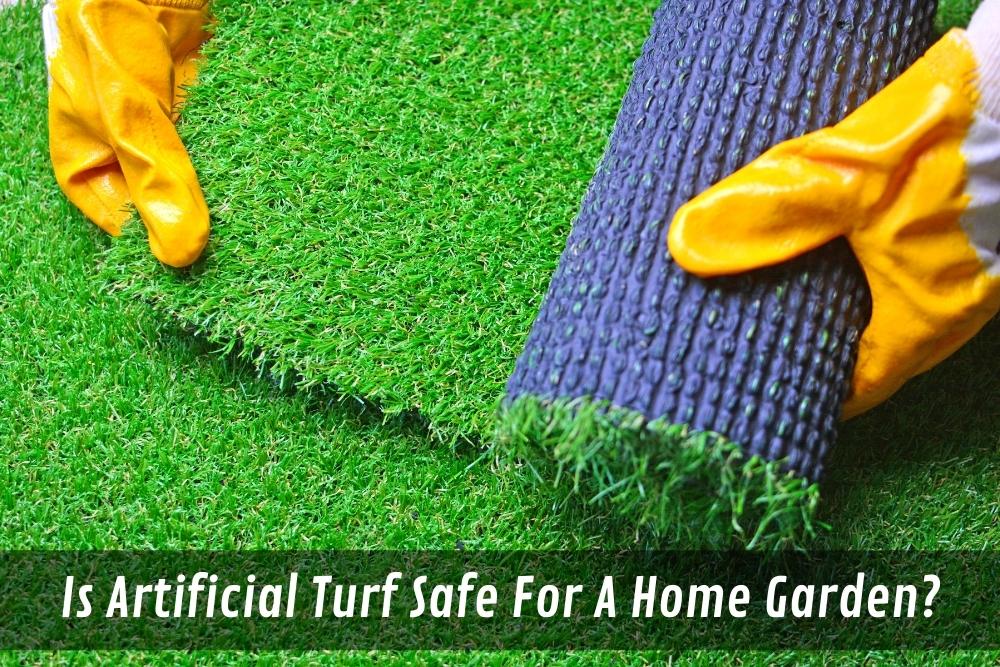Laying artificial turf has become a popular choice among homeowners looking for a low-maintenance option to keep their garden green all year round. But with concerns rising over the safety of artificial grass installation, it’s important to ask: is it really safe for a home garden?
Artificial turf has come a long way since the days of AstroTurf, now offering a more realistic appearance and feel. However, the use of chemicals and potential health risks have led to debates over the safety of artificial turf, especially in residential areas.
As a homeowner, it’s crucial to educate yourself on the potential risks and benefits of artificial turf before deciding if it’s the right option for your garden. In this article, we’ll explore the safety concerns surrounding artificial turf and provide you with the information you need to make an informed decision.
What are the safety concerns when it comes to laying artificial turf?
When it comes to laying artificial turf, safety should always be a top priority. There are several potential hazards that come with laying artificial turf. From the materials used and the tools involved to the potential for skin irritation or eye damage if exposure occurs. It is important to properly prepare for installation by researching the type of artificial turf you plan on using and reading up on any safety regulations established in your area.
- To start, you must measure your lawn and purchase enough synthetic grass to cover the desired square metre. If necessary, remove existing vegetation before installation begins.
- Use a utility knife to cut pieces of road base or plywood into shapes that mimic your real lawn’s shape.
- Once cut, lay the pieces down in their respective places, then cover the top layer of kiln-dried sand.
- Finally, spread the synthetic grass into place and use a utility knife to trim the edges.
What are the chemicals used in artificial turf?
- Synthetic turf is typically made from polypropylene or polyethylene raw material. While these materials may not pose a direct health risk, the chemicals used in their production can be hazardous when exposed to heat or direct sunlight for long periods of time. Some of the most commonly used chemicals include lead, zinc, and chromium.
- In addition to the potential health risks posed by these chemicals, artificial turf can also contain heavy metals like cadmium and arsenic, which have been linked to a variety of serious diseases.
What is the difference in the level of care needed for artificial lawns versus natural grass?
When it comes to the level of care needed for artificial lawns versus natural grass, it really depends on the type of turf you’re using. Generally speaking, artificial turf requires less maintenance than natural grass since there’s no need for watering or mowing. However, some types of artificial turf still need to be cleaned periodically and may require more frequent maintenance if used in high-traffic areas.
In terms of installation, artificial turf generally takes less time to lay down than real grass although it’s important to ensure that the right materials are used and that the area is properly prepared before installation. Finally, while artificial turf is often more expensive upfront than natural grass, it can save you money in the long run due to its lower maintenance requirements.
What are some other options besides laying artificial turf?
If you decide that artificial turf isn’t the right choice for your home garden, there are plenty of other options available.
- You could go the traditional route and lay down real grass or turf, which requires regular maintenance but can provide a natural look.
- Or, if you’d prefer a more low-maintenance option, consider planting a variety of native grasses or installing a selection of natural lawn alternatives such as a meadow mat or sedge mat. Both require minimal upkeep and can provide some beautiful colour and texture to any outdoor space.
- Finally, if you’re looking for something in between real turf and synthetic lawn, consider investing in artificial turf. They are made from synthetic materials and come in a variety of textures and colours. As with real grass, artificial turf requires some installation and maintenance but can provide a great alternative if you’d prefer something that looks natural without the need for ongoing watering or care.
All in all, artificial turf is safe for a home garden when the right materials are used and it is properly installed. It requires less maintenance than natural grass and can save you money in the long run. However, it’s important to weigh all of the pros and cons before deciding if artificial turf is right for your home garden. Additionally, there are other options such as real grass, meadow mat, or sedge mat that could also provide a beautiful lawn with minimal upkeep. Ultimately, it’s important to do your research and contact an expert before making a decision so that you can determine which option is best for you.
Contact All Green Gardening & Landscaping today for more information about laying new turf and other landscaping options. We’re here to help you make the best decision for your home garden.

